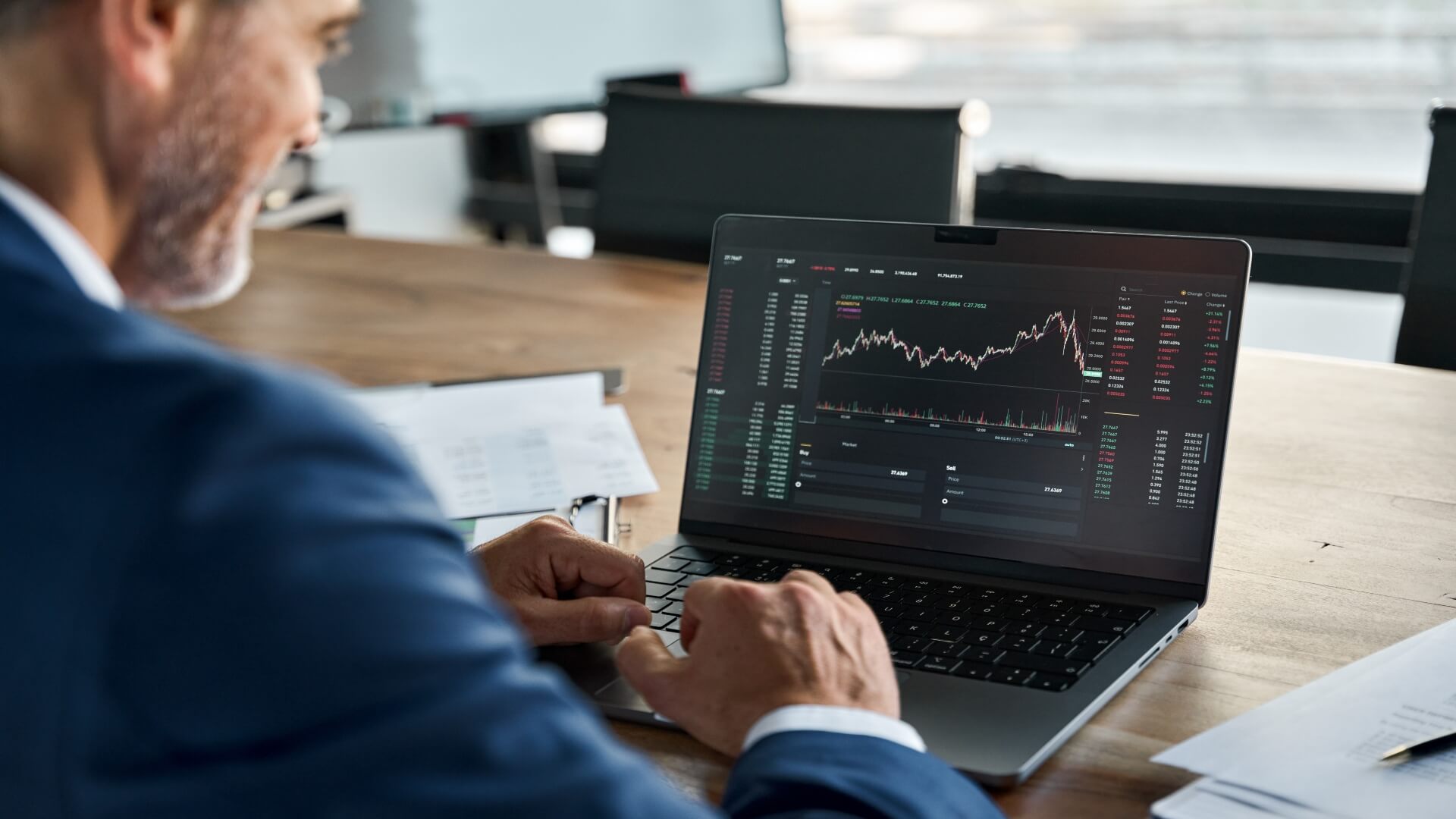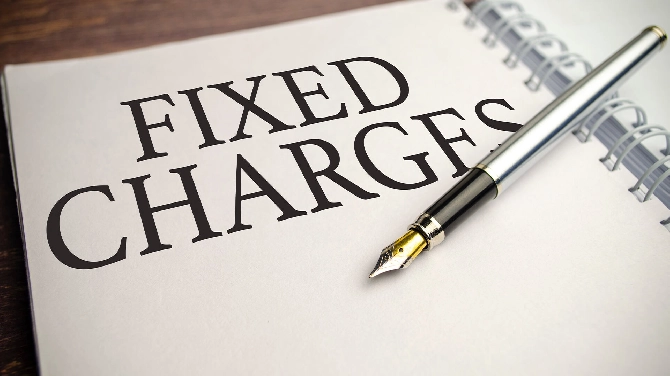In the world of finance, trading platforms have become essential tools for individuals looking to navigate the dynamic landscape of investment markets.
A trading platform is a software application or online interface that empowers users to buy and sell various financial instruments.
In this article, we will explore the concept of trading platforms, their functionalities, and provide a guide on how to effectively use them to execute trades and monitor investment portfolios.
Whether you are a seasoned trader or just starting your investment journey, understanding trading platforms is crucial for navigating the exciting world of financial markets.
What Is a Trading Platform?
Trading platforms are software applications or online interfaces that enable individuals to buy and sell various financial instruments, such as stocks, bonds, commodities, currencies, and derivatives.
It serves as a digital marketplace where traders and investors can access real-time market data, execute trades, and monitor their portfolios.
Trading platforms provide a range of features and functionalities, including:
Market Data: They offer live and historical market data, including price quotes, charts, and other relevant information to help users analyse market trends and make informed trading decisions.
Order Placement: Trading platforms allow users to place different types of orders, such as market orders, limit orders, stop-loss orders, and more. These orders specify the desired price and quantity of the financial instrument being traded.
Execution: Once an order is placed, the trading platform executes the trade by matching buy and sell orders from its pool of participants or routing them to the relevant exchanges or market makers. The platform handles the transaction and updates the user’s portfolio accordingly.
Portfolio Monitoring: Users can track the performance of their investments and monitor their portfolios within the trading platform. They can view current positions, transaction history, realised and unrealised gains or losses, and other relevant metrics.
Research and Analysis: Trading platforms often provide research tools, technical indicators, and analysis resources to assist traders in evaluating investment opportunities and identifying potential trading strategies. These tools may include customisable charts, screening tools, and news feeds.
Risk Management: Many trading platforms include risk management features, such as stop-loss orders or trailing stop orders, which allow users to set predetermined exit points to limit potential losses.
Connectivity: Trading platforms are typically connected to various exchanges and markets, allowing users to access a wide range of financial instruments and trade globally. They provide connectivity to multiple asset classes and support different order types based on the regulations and offerings of each market.
Mobile Accessibility: In addition to desktop or web-based platforms, many trading platforms offer mobile applications, allowing users to trade and monitor their investments on smartphones or tablets.
Trading platforms can be provided by brokerage firms, financial institutions, or independent software providers. Examples of popular trading platforms include MetaTrader, thinkorswim, Interactive Brokers, E*TRADE, and Robinhood.
It’s important to note that trading platforms may have different features, interfaces, and fee structures, so users should consider their specific needs, trading style, and preferences when selecting a platform.
What Can I Use a Trading Platform For?
A trading platform serves as a powerful tool for various trading activities and functions. Here are some common uses of a trading platform:
Buying and Selling: The primary function of a trading platform is to enable users to buy and sell financial instruments. Whether it’s stocks, bonds, options, futures, or currencies, you can use the platform to execute trades and enter or exit positions in the market.
Market Analysis: Trading platforms provide access to real-time market data, charts, and historical prices. You can analyse market trends, monitor price movements, and use technical indicators to identify potential trading opportunities. Platforms often offer tools for conducting fundamental analysis as well, such as company financials and news.
Order Placement and Execution: Trading platforms allow you to place different types of orders, such as market orders, limit orders, stop orders, or trailing stops. You can specify the desired price and quantity, and the platform will execute the trade based on your instructions. The platform’s order execution mechanism ensures timely and accurate transaction processing.
The specific functionalities and features of a trading platform may vary, so it’s important to choose a platform that meets your specific trading needs and objectives.








